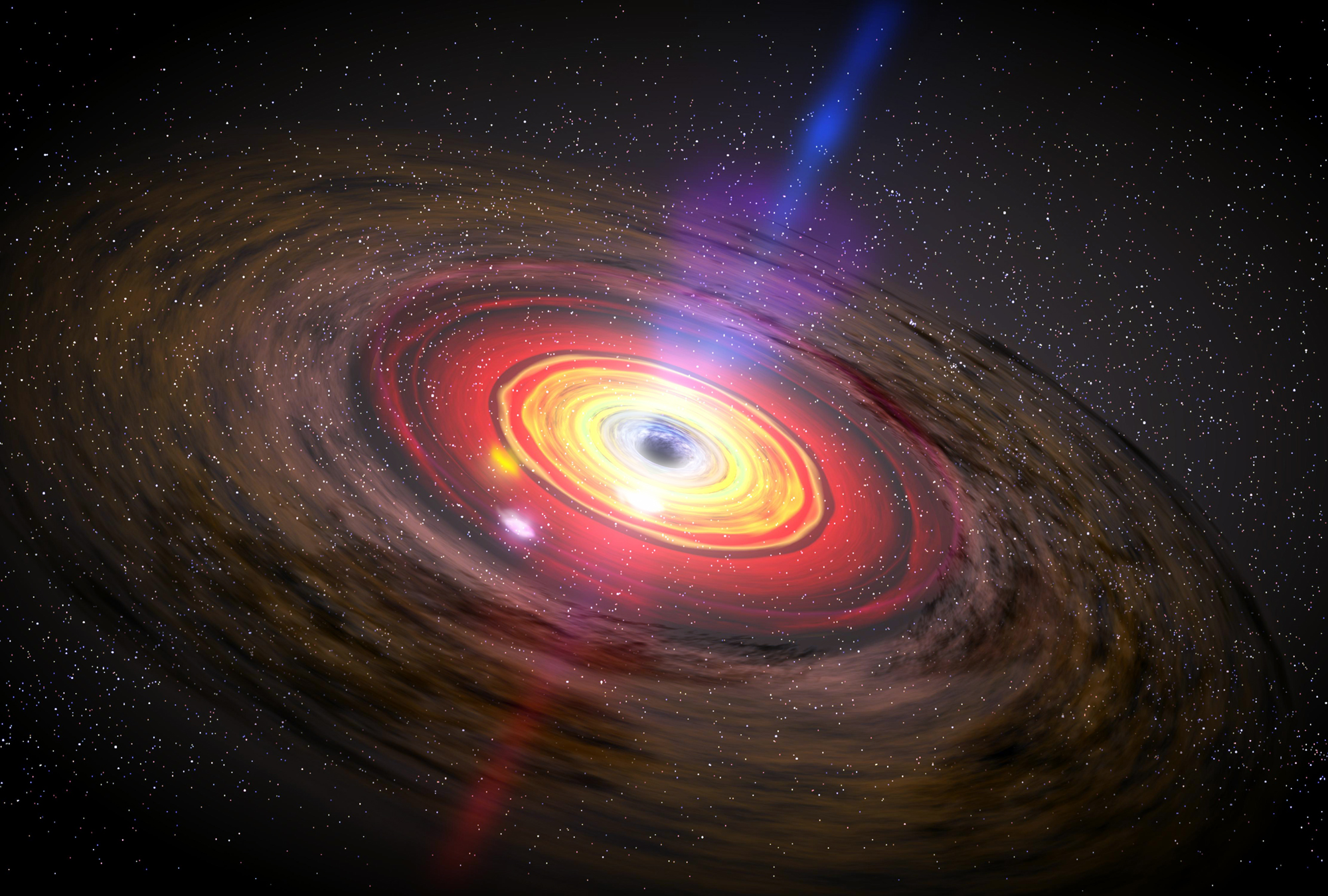Astronomy Discovery Could Help Treat Cancer Patients

This story was updated at 2:14 p.m. EDT on July 29.
Astronomers studying stars and black holes have made a discovery that could lead to safer, more effective cancer treatments down the road.
Heavy metals emit low-energy electrons when exposed to X-rays at specific energies, the researchers found. This raises the possibility that implants made of gold or platinum could allow doctors to destroy tumors with low-energy electrons, while exposing healthy tissue to far less radiation than is possible today, researchers said.
"As astronomers, we apply basic physics and chemistry to understand what's happening in stars," said astronomer Sultana Nahar of Ohio State University in a statement. "We're very excited to apply the same knowledge to potentially treat cancer." [10 Deadliest Cancers and Why There's No Cure]
A new kind of radiation therapy?
The researchers' computer simulations suggest that hitting a single gold or platinum atom with a small dose of X-rays at a narrow range of frequencies produces a flood of more than 20 low-energy electrons.
These ejected electrons can kill cancer kills, shredding their DNA, researchers said. So doctors could embed many heavy-metal nanoparticles inside and around tumors, then hit them with a tailored shot of radiation.
Get the Space.com Newsletter
Breaking space news, the latest updates on rocket launches, skywatching events and more!
The resulting electron shower could obliterate a tumor. And the process would greatly reduce a patient's radiation exposure compared to most current radiation treatment methods, researchers said.
The team has built a prototype device that shows that specific X-ray frequencies can free low-energy electrons from heavy-metal nanoparticles. While the machine needs to be developed further, it's providing a proof of principle for the potential cancer treatment technique.
"This work could eventually lead to a combination of radiation therapy with chemotherapy using platinum as the active agent," said astronomer Anil Pradhan, also of Ohio State.
Nahar presented the results at the International Symposium on Molecular Spectroscopy in Columbus, Ohio, in June.
Inspired by the heavens
The researchers came up with the new potential cancer treatment after studying the heavens. Specifically, they were trying to understand what different stars are made of, based on how radiation flows through them and emanates from them.
The team constructed complex computer models to simulate these processes. The models clued them into how heavy metals such as iron behave when they absorb different types of radiation.
Iron plays the dominant role in controlling radiation flow through stars. But it is also observed in some black hole environments, which produce some types of X-rays that can be detected from Earth, researchers said.
"That's when we realized that the implications went way beyond atomic astrophysics," Pradhan said. "X-rays are used all the time in radiation treatments and imaging, and so are heavy metals — just not
in this way. If we could target heavy metal nanoparticles to certain sites in the body, X-ray imaging and therapy could be more powerful, reduce radiation exposure and be much more precise."
Pradhan, Nahar and medical physicist Yan Yu of Thomas Jefferson University Medical College are working with collaborators to further explore the medical applications of their finds, researchers said.
Follow SPACE.com for the latest in space science and exploration news on Twitter @Spacedotcom and on Facebook.
Join our Space Forums to keep talking space on the latest missions, night sky and more! And if you have a news tip, correction or comment, let us know at: community@space.com.

Space.com is the premier source of space exploration, innovation and astronomy news, chronicling (and celebrating) humanity's ongoing expansion across the final frontier. Originally founded in 1999, Space.com is, and always has been, the passion of writers and editors who are space fans and also trained journalists. Our current news team consists of Editor-in-Chief Tariq Malik; Editor Hanneke Weitering, Senior Space Writer Mike Wall; Senior Writer Meghan Bartels; Senior Writer Chelsea Gohd, Senior Writer Tereza Pultarova and Staff Writer Alexander Cox, focusing on e-commerce. Senior Producer Steve Spaleta oversees our space videos, with Diana Whitcroft as our Social Media Editor.










